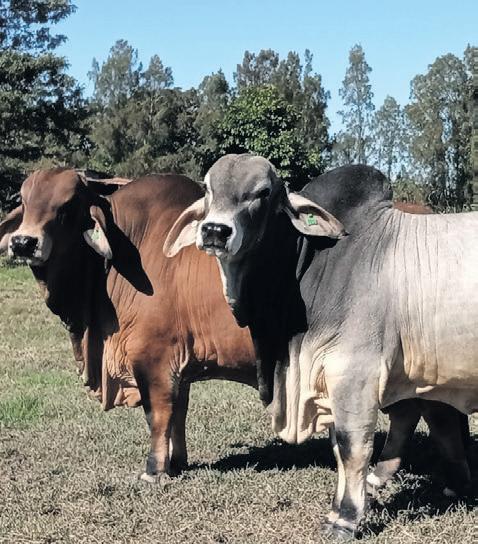
2 minute read
How to Make Homemade Herbal Teas
Choosing Your Herbs
The frst step in making homemade herbal tea is selecting the right herbs. Here are some popular options and their benefts:
• Chamomile: Known for its calming properties, chamomile tea is excellent for reducing stress and aiding sleep.
• Peppermint: This refreshing herb helps with digestion, relieves headaches, and can improve concentration.
• Lavender: Lavender tea is soothing and helps reduce anxiety and improve sleep quality.
• Ginger: Ginger tea is renowned for its antiinfammatory properties and can help with nausea and digestion.
• Hibiscus: Hibiscus tea is rich in antioxidants and can help lower blood pressure and improve heart health.
Harvesting and Drying Herbs
If you have a garden, you can grow your own herbs. Harvest them when they are at their peak freshness, usually in the morning after the dew has evaporated. Here’s how to dry your herbs:
• Air Drying: Bundle small bunches of herbs together and hang them upside down in a well-ventilated area away from direct sunlight. This method can take one to two weeks.
• Oven Drying: Spread the herbs on a baking sheet and place them in an oven set to the lowest temperature. Keep the oven door slightly open to allow moisture to escape. Check regularly to prevent burning.
• Dehydrator: If you have a food dehydrator, this can be an effcient way to dry herbs. Follow the manufacturer’s instructions for best results.
Preparing Your Herbal Tea Blend
Once your herbs are dried, you can start creating your tea blends. Here are a few recipes to get you started:
• Relaxation Blend: Combine equal parts chamomile, lavender, and lemon balm. This blend is perfect for unwinding after a long day.
• Digestive Aid: Mix peppermint, ginger, and fennel seeds. This tea helps soothe the stomach and aid digestion.
• Immune Booster: Combine echinacea, elderberry, and hibiscus. This powerful blend supports the immune system.
Brewing Your Herbal Tea
Brewing herbal tea is an art that involves steeping the herbs to extract their favours and benefts. Here’s a step-by-step guide:
• Measure Your Herbs: Use about one teaspoon of dried herbs or one tablespoon of fresh herbs per cup of water.
• Boil Water: Bring fresh, fltered water to a boil. The quality of water can signifcantly impact the taste of your tea.
• Steep the Herbs: Place the herbs in a teapot or a mug. Pour the boiling water over the herbs and cover to prevent the essential oils from escaping. Let the tea steep for 5-10 minutes, depending on your taste preference.
• Strain and Enjoy: Strain the herbs using a fne mesh sieve or a tea infuser. Sweeten with honey or add a slice of lemon if desired.
Storing Your Herbal Teas
To keep your homemade herbal teas fresh and favourful, store them properly:
• Use Airtight Containers: Store dried herbs in airtight glass jars to protect them from moisture and air.
• Keep in a Cool, Dark Place: Exposure to light and heat can degrade the quality of the herbs. Store your jars in a pantry or a cupboard away from direct sunlight.
• Label Your Blends: Label your jars with the blend name and the date of creation to keep track of freshness.
Benefts of Homemade Herbal Teas
Homemade herbal teas offer numerous benefts. Let’s have a look at a few:
• Cost-Effective: Growing and drying your own herbs can save money compared to buying prepackaged teas.
• Customisable: You can tailor the blends to suit your taste and health needs.
• No Additives: Homemade teas are free from artifcial favours, preservatives, and additives often found in store-bought teas.
• Sustainable: By growing your own herbs and reusing glass jars, you reduce waste and support a more sustainable lifestyle.














